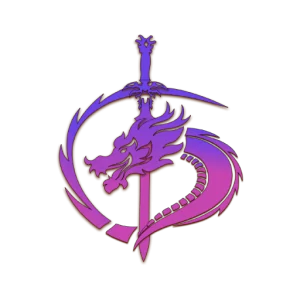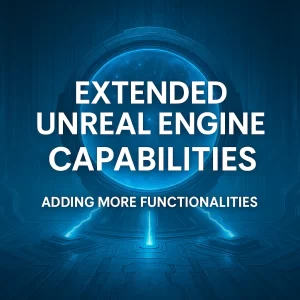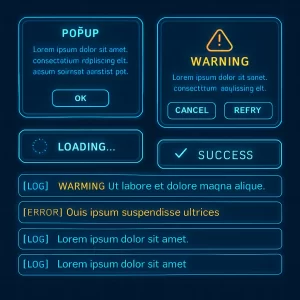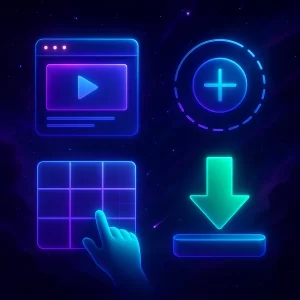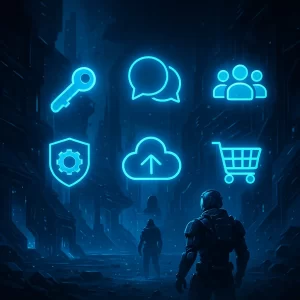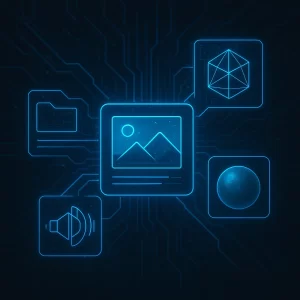C++ 0001 Introduction to C++

Welcome!
Welcome to the Unofficial Documentation: C++! Our mission with this guide is simple: to make learning C++ easy, fun, and accessible for everyone—whether you’re a beginner or have some programming background. The goal is to ensure that learning C++ feels approachable, engaging, and rewarding, with clear explanations and lots of examples.
Unlike many traditional resources, this tutorial series doesn’t assume you have any prior programming experience. Whether you’re just starting out or coming from a different programming language, we’ll guide you through everything you need to know, step by step. By the time you finish, you’ll have a solid understanding of C++ and be able to write your own programs with confidence.
Whether you’re learning C++ out of personal interest, for academic purposes, or as part of your professional development, you’ve come to the right place. We’re excited to help you on this journey!
Lesson Structure
Our lessons are designed to offer a smooth progression from beginner concepts to more advanced topics. The introductory lessons in this chapter will give you a solid understanding of what C++ is, how it has evolved, how programs work, and the necessary software you need to start writing your own programs. You’ll even get to write your very first program in C++, setting a strong foundation for everything that follows.
After the introduction, we’ll move on to later chapters that delve into various aspects of the C++ language. In the first chapter, you’ll be introduced to a broad range of fundamental concepts that will allow you to start writing simple programs right away. As you continue through the chapters, we’ll explore these concepts in greater depth, while also introducing new concepts to broaden your understanding of the language.
Each chapter is organized around a central theme, and each lesson within that chapter is designed to relate to that theme. You can progress through the lessons at your own pace, and there’s no rush. Take as much time as you need to ensure you grasp the concepts before moving on.
Goals of These Tutorials
Before we dive into the tutorials, let’s outline some key goals for this guide. These goals will serve as the backbone of the tutorial series, ensuring you receive a holistic and comprehensive learning experience.
1. Cover General Programming Topics Alongside C++
While we focus on C++, we will also cover broader programming topics that are essential for any developer. Many traditional textbooks focus only on the syntax of a language, but they often neglect important aspects like programming style, debugging, pitfalls, and best practices. In our tutorials, we will address these topics naturally as they arise. By the end of the series, you won’t just know how to program in C++—you’ll also know how not to program in C++, which is just as critical.
2. Provide Abundant Examples
We believe the best way to learn programming is by seeing concepts in action. That’s why we will include plenty of clear and practical examples to help you grasp each concept. Unlike some resources that skip important parts of examples or introduce concepts without explanation, we aim to provide complete and well-explained examples. This will ensure that you have a solid understanding of the material and can apply it effectively.
3. Offer Practice Programs
Learning by doing is key to mastering programming. Many lessons will include exercises you can solve on your own. These exercises are designed to help you apply what you’ve learned and challenge your understanding. At the end of each exercise, solutions will be provided for you to compare with your own answers. This gives you the opportunity to identify areas where you may need more practice, ensuring steady improvement.
4. Emphasize Enjoyment
Programming should be fun, not frustrating! If it’s not enjoyable, it can be easy to give up. We encourage you to take breaks whenever you feel tired and return with fresh eyes. A relaxed and open mindset is crucial for effective learning, and the more enjoyable the experience, the more likely you’ll stick with it. Let’s make sure you not only learn C++ but enjoy doing it!
Getting the most out of these tutorials
We want to ensure you get the most out of these tutorials, so here are some tips to help maximize your learning experience.
1. Type Examples by Hand
Rather than just copying and pasting code, we encourage you to type the examples by hand. This exercise helps you become familiar with the syntax and structure of C++. By typing out the code yourself, you’ll be able to better understand how each line fits into the larger picture of the program. Additionally, this will help you identify common mistakes and learn how to fix them, further solidifying your understanding.
2. Debug Your Mistakes
No one writes perfect code the first time, and fixing bugs is a critical part of the programming process. Debugging is a skill every developer must master. As you go through the tutorials, take the time to troubleshoot and fix any mistakes you make. We suggest trying to solve problems on your own before seeking help—this will help you build problem-solving skills. Additionally, get comfortable with using a debugger—it’s an invaluable tool that will help you identify and correct issues more efficiently.
3. Experiment with Code
Once you’re comfortable with the examples, try modifying the code to see how it behaves. Experimentation is an excellent way to deepen your understanding. You can try changing inputs, altering variable values, or even trying new ideas to see how the program responds. This experimentation will help you discover new ways to approach problems and refine your understanding of C++ concepts.
4. Spend Time on Quizzes
Throughout the tutorials, you’ll encounter quizzes designed to challenge your understanding. Don’t rush through them—take your time to think through the problem and come up with a solution. If you don’t get the right answer right away, that’s okay! The process of working through the problem is just as valuable as the final answer, and it will help reinforce the concepts you’ve learned.
5. Write Your Own Programs
One of the best ways to cement your knowledge is by applying it to your own projects. As you work through the lessons, start writing your own small programs. This will help you reinforce your learning and build confidence. Whether it’s a simple calculator, a to-do list app, or a guessing game, writing your own programs will allow you to see how the concepts you’ve learned fit together in a real-world context.
By following these tips and embracing a hands-on approach to learning, you’ll be well on your way to mastering C++ in no time. We hope these tutorials will provide you with the foundation you need to succeed and that you’ll find the process as enjoyable as it is educational. Let’s get started on your journey to becoming a proficient C++ programmer!
Tags
C++ tutorials, beginner C++ programming, learning C++, programming for beginners, C++ examples, C++ practice exercises, C++ debugging, programming style, good programming practices, C++ for hobbyists, academic C++ learning, professional C++ development, C++ for fun, easy C++ learning, C++ programming for all levels, coding exercises, C++ education
